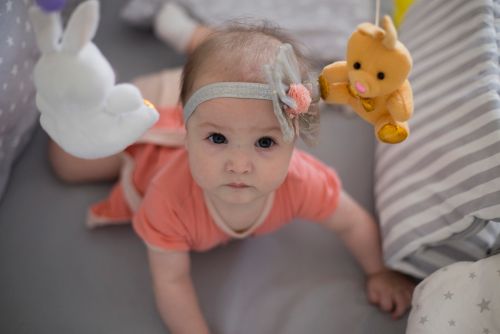Newer treatment regimens improve long-term health for infant neuroblastoma survivors

Neuroblastoma is a cancer of nerve cells. It is the most common cancer in children under age 1. The 5-year survival rate for infant neuroblastoma (diagnosed before age 1) is more than 95%.
Scientists studied the health of 1,397 infant neuroblastoma survivors. The researchers compared them to 5,051 people without cancer. They studied how treatments given in the 1970s, 1980s, and 1990s affected the survivors’ health over time.
Survivors treated in the 1990s had fewer long-term side effects of treatment than those treated in the 1970s. If their cancer was cured with surgery alone, the long-term survivors had better health than if chemotherapy and/or radiation were needed. Radiation treatments for neuroblastoma were linked to more health problems, including second cancers.
Treatments for infant neuroblastoma are getting better. As they do, the risk of treatment affecting the long-term health of newly diagnosed patients is going down.
If you are a neuroblastoma survivor, some steps you can take to stay healthy are:
By taking a few simple steps, you can continue to lead a happy and healthy life.
Friedman DN, Goodman PJ, Leisenring WM, Diller LR, Cohn SL, Howell RM, Smith SA, Tonorezos ES, Wolden SL, Neglia JP, Ness KK, Gibson TM, Nathan PC, Weil BR, Robison LL, Oeffinger KC, Armstrong GT, Sklar CA, Henderson TO. Long-Term Morbidity and Mortality Among Survivors of Neuroblastoma Diagnosed During Infancy: A Report From the Childhood Cancer Survivor Study. J Clin Oncol. 2023 Mar 10;41(8):1565-1576.